
Ingredient
Orange infusion flowers
The Fragrant Delight: Exploring the Aromatic World of Orange Infusion Flowers
Orange infusion flowers, also known as orange blossoms or neroli flowers, are the delicate white flowers of the orange tree (Citrus sinensis). These flowers have a sweet, floral fragrance that is reminiscent of fresh oranges. The petals are small and delicate, with a soft texture. When used in cooking, they infuse dishes with a subtle citrus flavor and a delightful floral aroma. The flowers are often used in the form of an infusion, where the petals are steeped in hot water or other liquids to extract their essence.
Origins and history
Orange infusion flowers have a rich history that dates back centuries. They are believed to have originated in Southeast Asia and were later introduced to the Mediterranean region. The orange tree, including its flowers, holds cultural significance in many countries. In ancient Egypt, orange blossoms were associated with purity and used in religious ceremonies. In traditional Chinese medicine, the flowers were used for their medicinal properties. Today, orange infusion flowers are widely cultivated in countries such as Spain, Morocco, and Tunisia.
Nutritional information
Orange infusion flowers are primarily used for their aromatic properties and are not consumed in large quantities for their nutritional value. However, they contain trace amounts of vitamins and minerals, including vitamin C and calcium.
Allergens
Orange infusion flowers are generally considered safe for consumption and are not known to cause allergies. However, individuals with citrus allergies should exercise caution.
How to select
When selecting orange infusion flowers, look for petals that are fresh, vibrant, and free from blemishes or discoloration. The flowers should have a strong, fragrant aroma. If purchasing dried flowers, ensure they are stored in airtight packaging to retain their freshness.
Storage recommendations
To preserve the freshness and aroma of orange infusion flowers, store them in an airtight container in a cool, dark place. Dried flowers can be stored for up to a year, while fresh flowers should be used within a few days.
How to produce
Orange trees can be grown in regions with a Mediterranean climate or in containers indoors. They require well-drained soil, ample sunlight, and regular watering. The flowers can be harvested when they are in full bloom, typically in spring or early summer.
Preparation tips
To use orange infusion flowers, steep a handful of petals in hot water for a few minutes to create a fragrant infusion. This infusion can be used in various recipes, such as teas, syrups, desserts, and cocktails. The flowers can also be used as a garnish to add a touch of elegance to dishes.
Substitutions
If orange infusion flowers are not available, you can substitute them with orange zest or orange blossom water, although the flavor profile may differ slightly.
Culinary uses
Orange infusion flowers are commonly used in Middle Eastern, Mediterranean, and North African cuisines. They are often used to flavor desserts such as cakes, pastries, and custards. The infusion can also be used to add a subtle citrusy note to beverages, including teas, cocktails, and mocktails. Additionally, orange infusion flowers can be incorporated into savory dishes, such as salads, marinades, and sauces, to add a unique floral twist.
Availability
Orange infusion flowers are commonly available in regions where orange trees are cultivated, such as Spain, Morocco, Tunisia, and parts of the Mediterranean.
More ingredients from this category » Browse all

Daisy infusion flowers
The Floral Elixir

Bitter orange infusion flowers
The Fragrant Elixir: Unveiling the Secrets of Bitter Orange Infusion Flowers
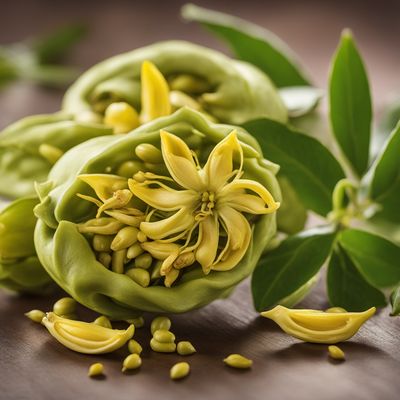
Ylang-ylang infusion flowers
The Fragrant Elixir: Ylang-Ylang Infusion Flowers
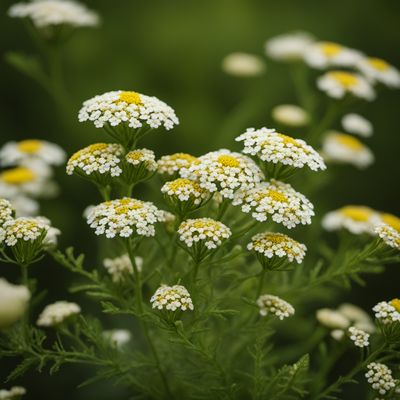
Yarrow infusion flowers
The Healing Power of Yarrow: Unlocking the Benefits of Infusion Flowers

Dyer’s broom infusion flowers
The Vibrant World of Dyer's Broom Infusion Flowers

Hawthorn infusion flowers
"Nature's Heart-Boosting Elixir: Exploring the Delicate Beauty of Hawthorn Infusion Flowers"
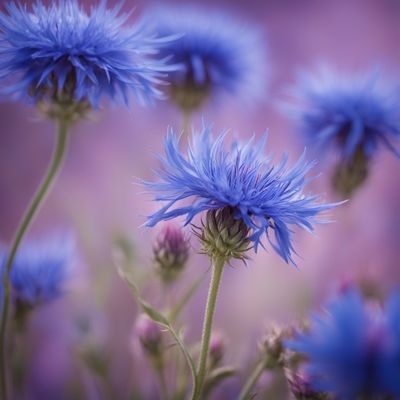
Cornflower infusion flowers
The Vibrant Blue Elixir

Great mullein infusion flowers
The Soothing Elixir: Great Mullein Infusion Flowers
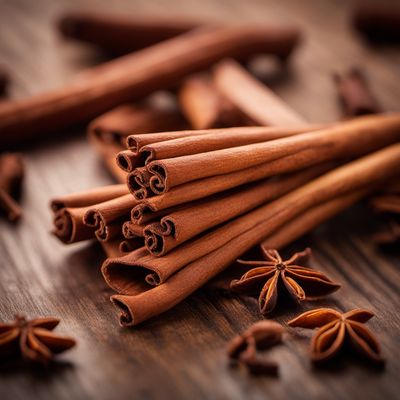
Cinnamon infusion flowers
Aromatic Blossoms: Unveiling the Essence of Cinnamon Infusion Flowers
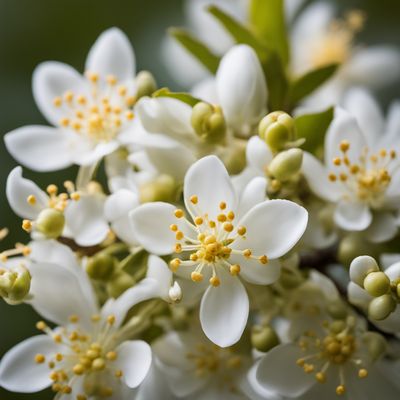
Sweet olive infusion flowers
Fragrant Blossoms: Exploring the Delicate Sweetness of Olive Infusion Flowers
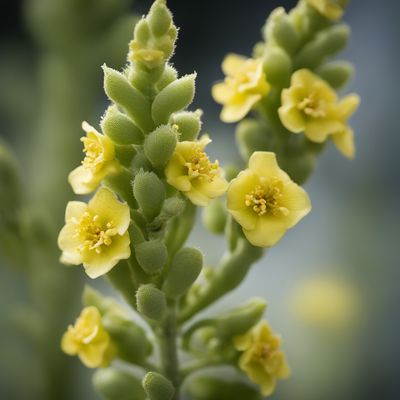
Mullein infusion flowers
"Nature's Soothing Elixir: Mullein Infusion Flowers"

Bee balm infusion flowers
The Floral Elixir: Bee Balm Infusion Flowers

